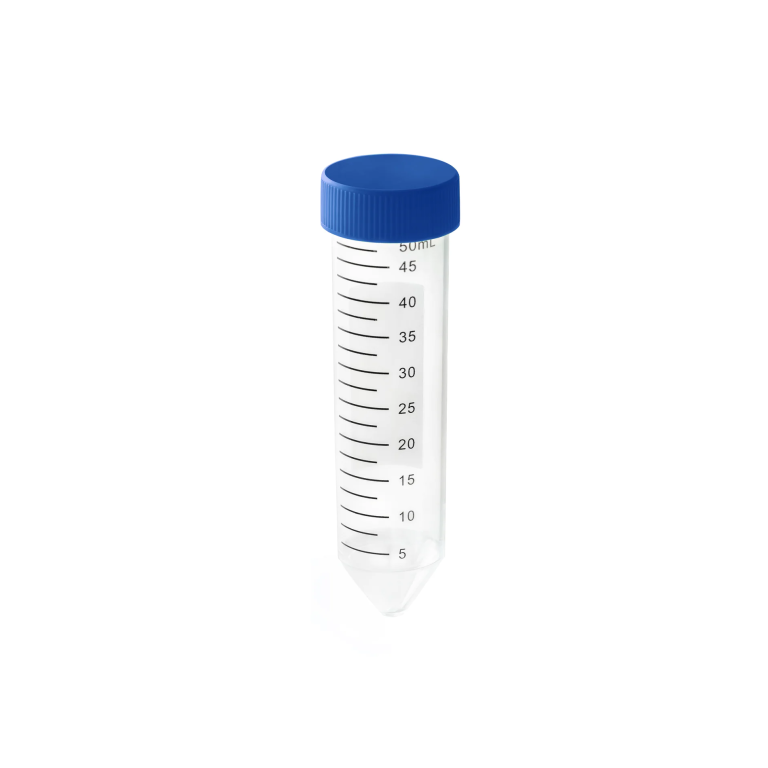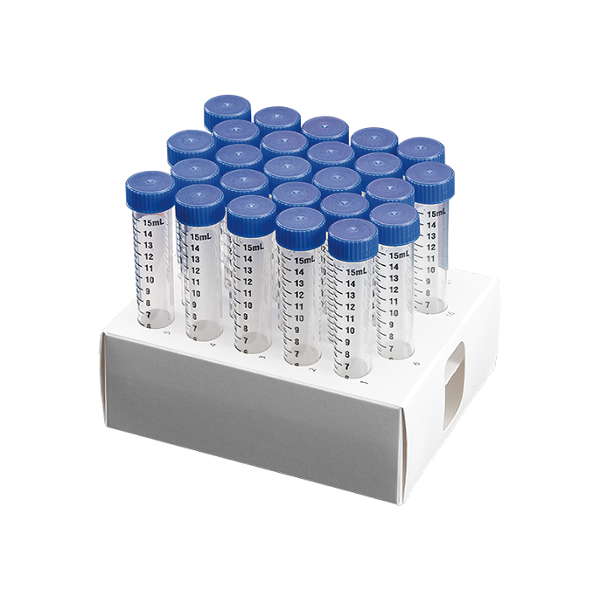Here are a few key points about PCR plates:
– PCR (polymerase chain reaction) plates are used to amplify DNA samples during the PCR process. They contain multiple wells (often 96) where individual PCR reactions can occur.
– PCR plates are made of plastic and designed to withstand the high temperatures needed for PCR thermal cycling. Polypropylene is a common material.
– Plates have a raised rim around each well to prevent cross-contamination between samples. The wells are also designed for optimal heat transfer.
– PCR plates are available in different good volumes, most commonly 0.2 ml or 0.1 ml. The volume needed depends on the reaction requirements.
– Plates can be purchased individually or in stacks. They are designed to fit in most PCR machines.
– PCR plates should be certified as DNAse/RNAse free to prevent degradation of samples. Many are pre-sterilized.
– After use, PCR plates should be disposed of properly to avoid contamination. They are not reusable.
– Proper labeling and tracking of PCR plates is essential for keeping sample identity straight through the amplification process.
So in summary, PCR plates provide separate wells for amplifying many small-volume DNA samples by PCR in a standard format that is compatible with PCR instruments. Their design and material are optimized for PCR thermal cycling.


